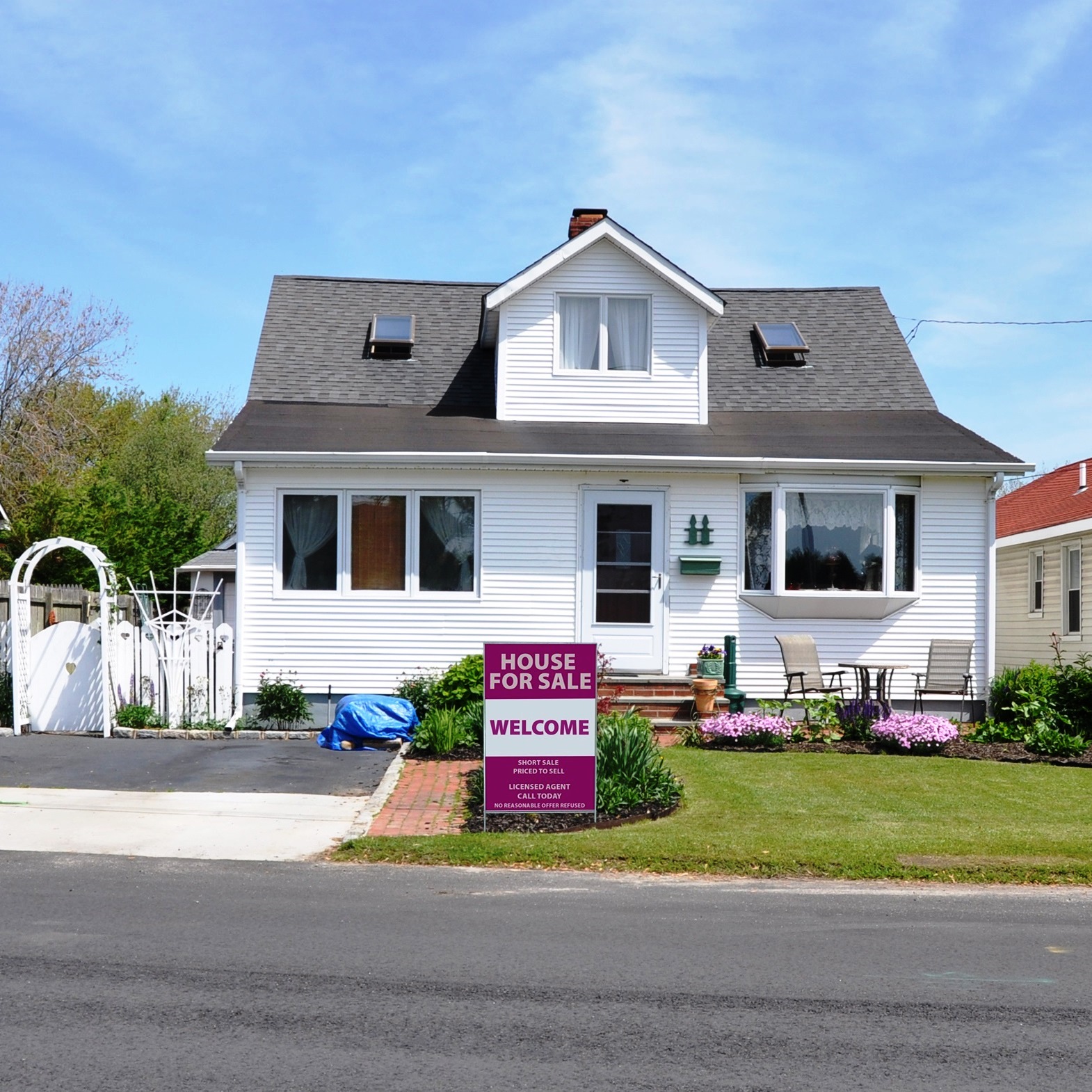July Home Price Increase Larger Than Expected: Case-Shiller
September 26, 2017 by Paul AusickThe S&P CoreLogic Case-Shiller national home price index rose to an eighth consecutive record high in July, rising 5.9% year over year to 194.10. The month-over-month percentage increase was 0.7%, down from the May-to-June increase of 0.9%.
In all 20 U.S. cities included in the 20-city home price index, July house prices increased year over year, and all 20 also posted non-seasonally adjusted (NSA) month-over-month increases. Seattle (13.5%), Portland (7.6%) and Las Vegas (7.4%) posted the largest year-over-year gains. Boston and Los Angeles (1.1%) posted the largest month-over-month increases, while Atlanta (0.3%) posted the smallest gain.
The S&P CoreLogic Case-Shiller NSA home price indexes for July increased by 5.8% year-over-year for the 20-city composite index and by 5.2% for the 10-city composite index.
Economists had estimated an NSA year-over-year gain in the 20-city index of 5.7%. The NSA monthly gain of 0.7% came in at the consensus estimate.
The index tracks prices on a three-month rolling average. July represents the three-month average of May, June and July prices.
Average home prices for July remain comparable to their levels in the winter of 2007.
The chairman of the S&P index committee, David M. Blitzer, said:
Home prices over the past year rose at a 5.9% annual rate. Consumers, through home buying and other spending, are the driving force in the current economic expansion. While the gains in home prices in recent months have been in the Pacific Northwest, the leadership continues to shift among regions and cities across the country. Dallas and Denver are also experiencing rapid price growth. Las Vegas, one of the hardest hit cities in the housing collapse, saw the third fastest increase in the year through July 2017.
While home prices continue to rise, other housing indicators may be leveling off. Sales of both new and existing homes have slipped since last March. The Builders Sentiment Index published by the National Association of Home Builders also leveled off after March. Automobiles are the second largest consumer purchase most people make after houses. Auto sales peaked last November and have been flat to slightly lower since. The housing market will face two contradicting challenges during the rest of 2017 and into 2018. First, rebuilding following hurricanes across Texas, Florida and other parts of the south will lead to further supply pressures. Second, the Fed’s recent move to shrink its balance sheet could push mortgage rates upward.
Compared to their peak in the summer of 2006, home prices on both 10-city and 20-city indexes remain down about 4.8% and 2.2%, respectively. Since the low of March 2012, home prices are up 47.1% and 50.7% on the 10-city and 20-city indexes, respectively. On the national index, home prices are now 5.1% above the July 2006 peak and 44.9% higher than their low-point in February 2012.
Take This Retirement Quiz To Get Matched With An Advisor Now (Sponsored)
Are you ready for retirement? Planning for retirement can be overwhelming, that’s why it could be a good idea to speak to a fiduciary financial advisor about your goals today.
Start by taking this retirement quiz right here from SmartAsset that will match you with up to 3 financial advisors that serve your area and beyond in 5 minutes. Smart Asset is now matching over 50,000 people a month.
Click here now to get started.
 24/7 Wall St.
24/7 Wall St.